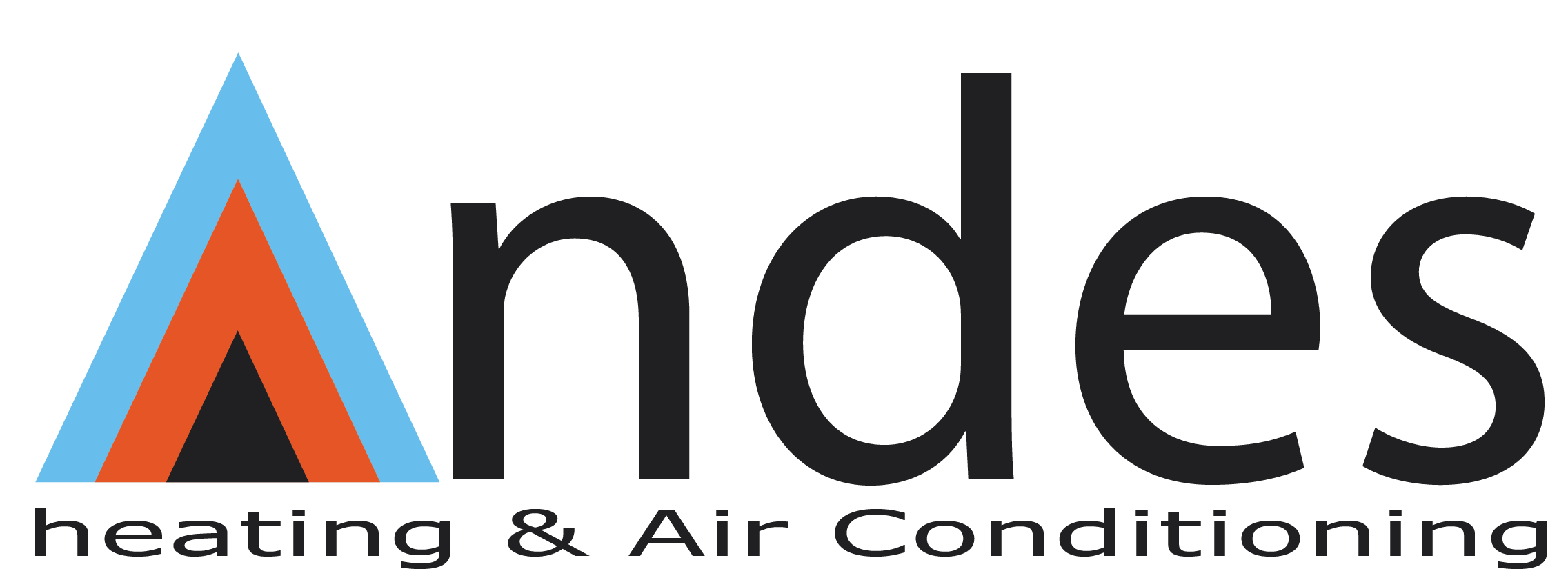An HVAC installation has so many components your customers simply don’t see. They will choose diffusers, grilles, and vents that blend tastefully with their home design, but other HVAC equipment is usually hidden away in a basement or on a roof. And even more invisible are the sensors that make everything run smoothly. Let’s take a closer look on HVAC sensors and what they are for.
As energy efficiency and indoor air quality become more important, and your customers opt for Internet of Things (IoT) capability, sensors are becoming a bigger part of HVAC. Some, like pressure sensors, are most useful to HVAC techs. Others, like occupancy sensors, will be used directly by your customers.
The most common sensor used in HVAC is, of course, the thermostat. One of the first uses of a thermostat to regulate temperature was around 1620 when Cornelis Drebbel invented a mercury thermostat to regulate the temperature in a chicken incubator.
The sensors available for HVAC today go far beyond the thermostat. Sensors are used to keep equipment running smoothly and safely, to improve energy efficiency and to preserve human health.

Pressure HVAC sensors
Pressure sensors are used in compressors, boilers, coolers, heat recovery systems, burner control, and variable air volume systems. They monitor rooms and filters for drops in pressure which may indicate that the system needs maintenance. Monitoring pressure is also useful for optimizing air flow, heating and cooling.
Duct smoke detectors
Ducts can move toxic gasses, smoke, and even flames from one area to another. Duct smoke detectors are used primarily to prevent the HVAC system from spreading smoke through a building. Duct smoke detectors may be required by regulations and building codes. For example, some call for smoke detectors to be installed in return ducts for air conditioning units over 2000 CFM.
Occupancy sensors
At their most basic, occupancy sensors identify the presence of a person in a room. Occupancy sensors can help your customers improve their energy efficiency, particularly when used in combination with zoned HVAC.
There are two main types of occupancy sensors, PIR and ultrasonic. PIR, passive infrared, sensors measure heat and motion. They work via line of sight, so the sensors have to be aimed at where inhabitants will be and are best used in open rooms. Ultrasonic sensors send out a high-frequency sound wave. If it bounces back with a change, the system is triggered.
Ultrasonic waves can pass through solid objects, so they can pick up smaller movements and are more sensitive than PIR sensors.
HVAC Sensors and indoor air quality
Sensors that measure indoor air quality (IAQ) are becoming increasingly important. The basic IAQ sensor is a carbon sensor, which detects carbon levels in the air. Carbon levels are an indicator of air circulation, and poor air circulation increases the chances that other contaminants could be present. Carbon dioxide sensors use either infrared light or a chemical process to measure levels of CO2.
Sensors are also used to detect volatile organic compounds (VOCs). VOC sensors use a process called photoionization. Ionization is the changing of an atom’s charge. VOC sensors can ionize particles with ultraviolet light and measure electron levels. These measures allow them to detect toxic or combustible gases.





